What Is a Chatbot?
A chatbot (or simply “bot”) is a program that uses artificial intelligence to mimic human conversation or perform different tasks, usually via a chat or voice interface. While the term itself is quite young, the history of bots can be traced back to the 1960s.
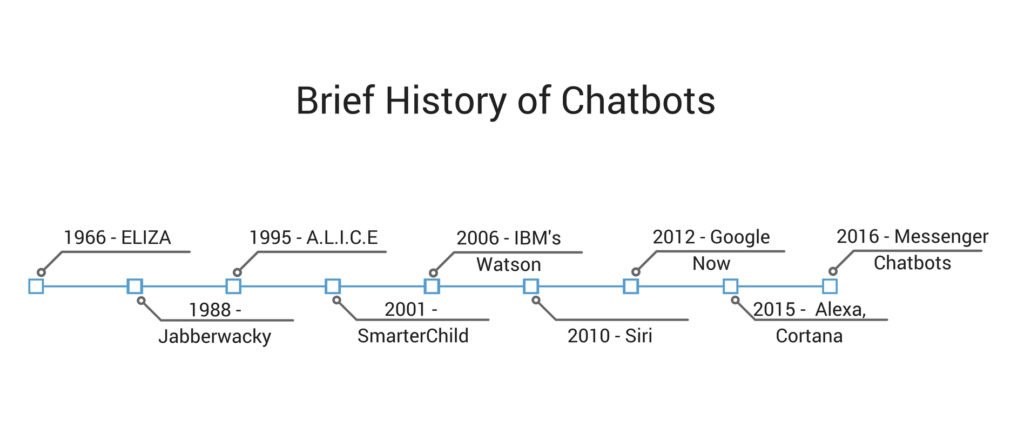
The first chatbot was created in 1966 by Joseph Weizenbaum. ELIZA could recognize certain keywords and pattern and answer accordingly, mimicking conversation with a psychotherapist.
Early chatbots included academic curiosities like Eliza (1964), but now the bots are at work all over the internet in customer support, as virtual assistants like Cortana, Google Assistant, Alexa, Siri and in many other roles.
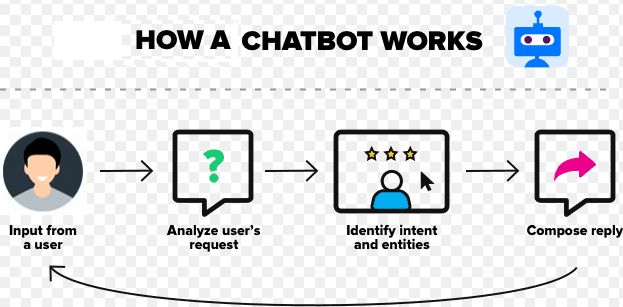
How does chatbot work?
As you can see in this graphic, a chatbot returns a response based on input from a user. This process may look simple; in practice, things are quite complex.
Modern chatbots are capable of more than simply mimicking human speech and using preset scenarios. Some of them can be indistinguishable from a human. They have a personality, can perfectly understand human speech, and can perform a wide variety of tasks.
The more you interact with such a bot, the better it can learn your preferences and tailor the experience accordingly. For example, a shopper assistant bot can learn about your style and provide you with tailored suggestions of the items you might like.
Why do we need Chatbots?
According to Forbes, finance, travel, and retail are among the industries that will benefit from chatbots the most. We can already see multiple examples of brands introducing such tools. Some of the most prominent cases across the spectrum of industries are:
- MasterCard bots for banks and merchants
- eBay ShopBot – personal shopping assistant
- Uber bot for Messenger – makes requesting a ride even easier
Regardless of the business domain, chatbots can be used to handle the following tasks:
- Customer service/support
- Automating simple transactions
- User engagement and brand awareness
- Streamlining social media activity
User retention (sending out notifications, reminders, customized offers).
Chatbot applications streamline interactions between people and services, enhancing customer experience. At the same time, they offer companies new opportunities to improve the customer’s engagement process and operational efficiency by reducing the typical cost of customer service.
To be successful, a chatbot solution should be able to effectively perform both of these tasks. Human support plays a key role here: Regardless of the kind of approach and the platform, human intervention is crucial in configuring, training and optimizing the chatbot system.

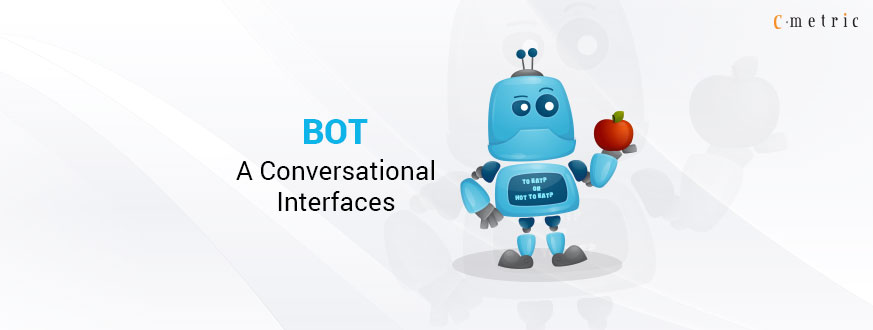











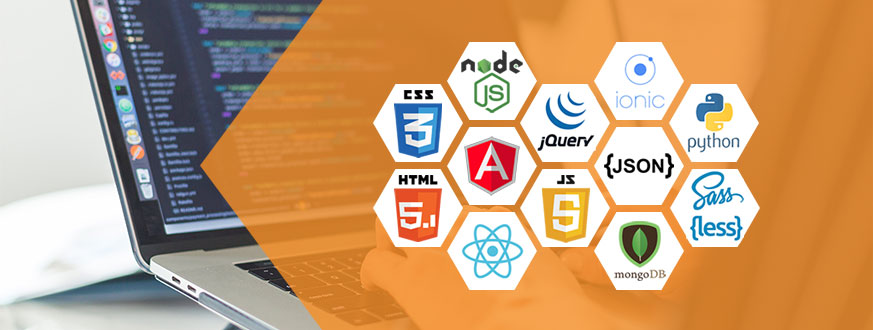
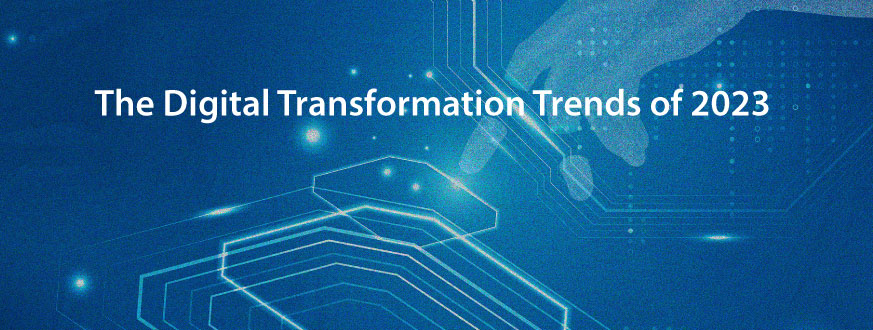
Get in Touch